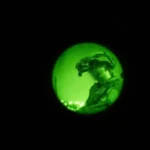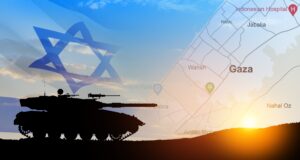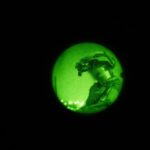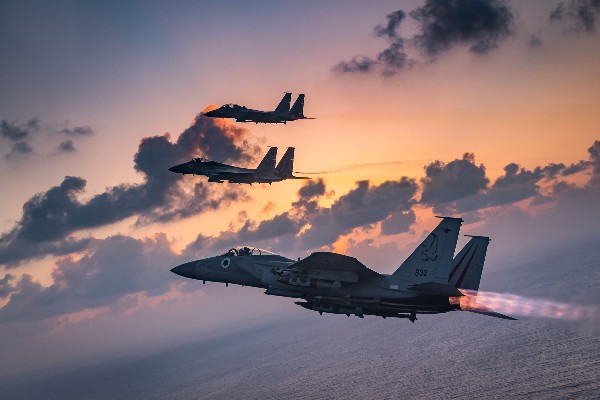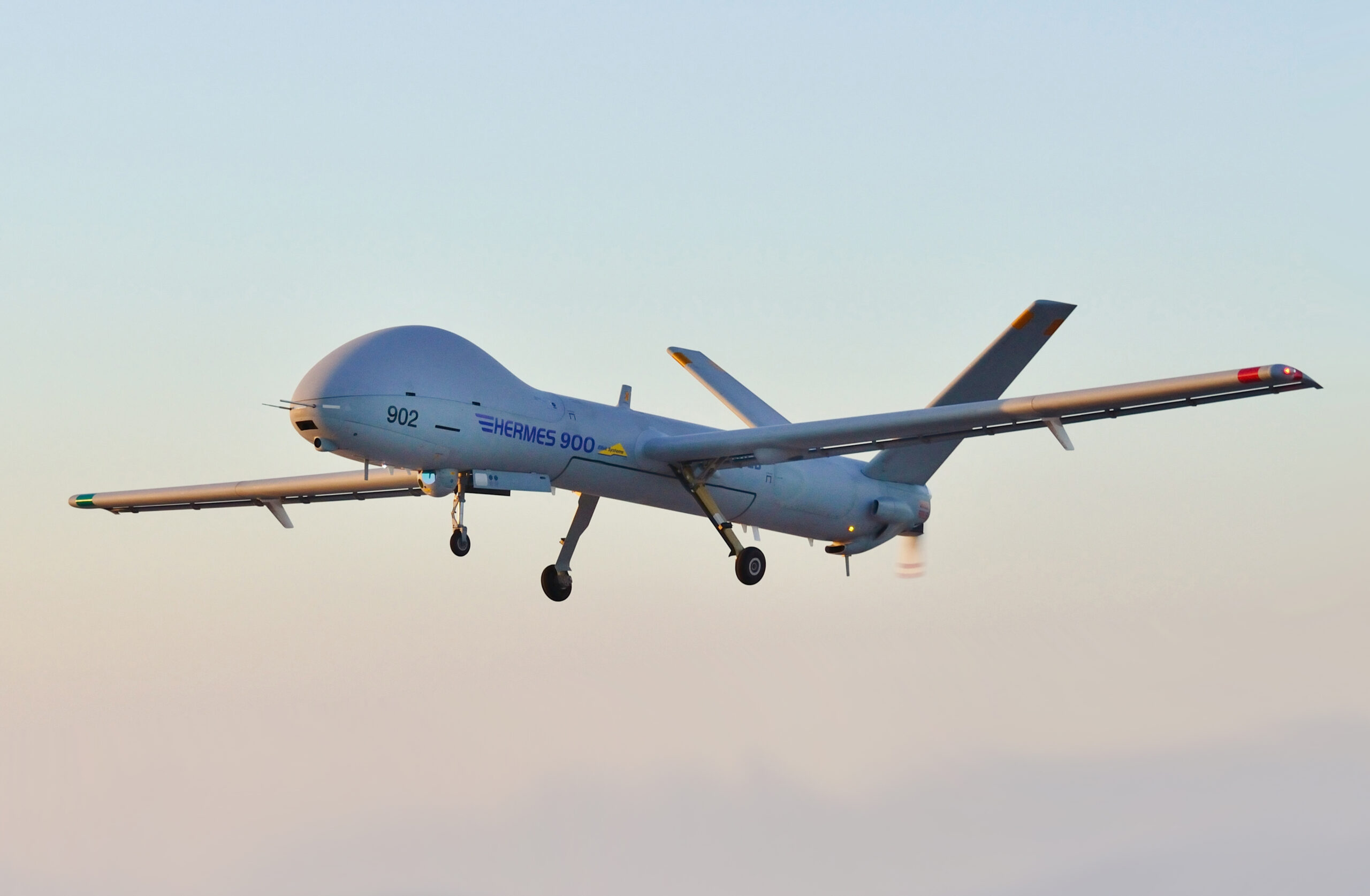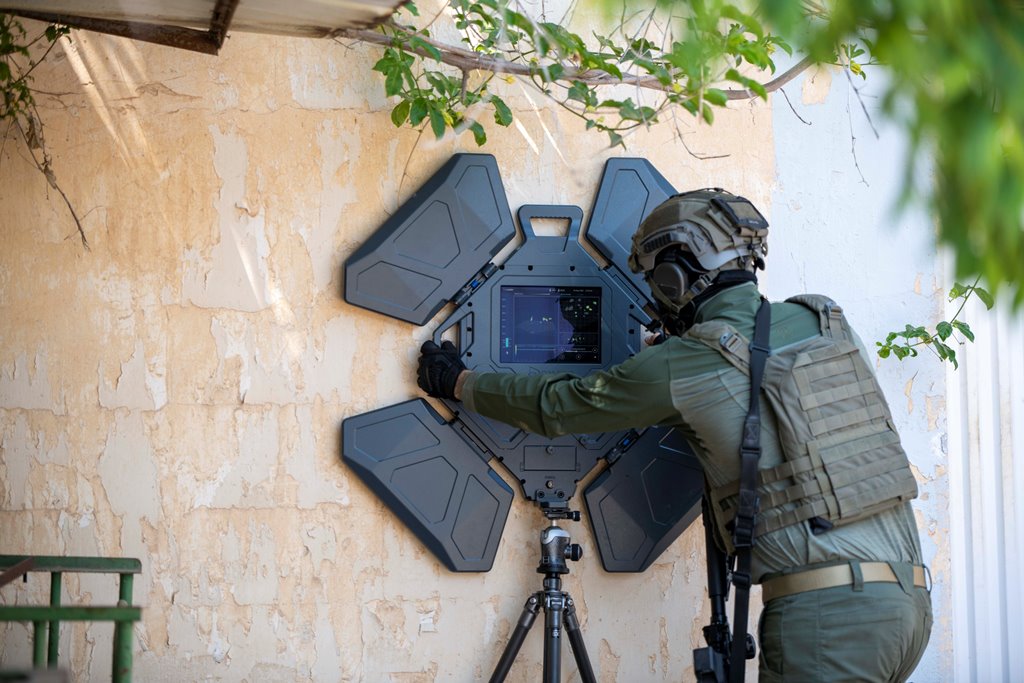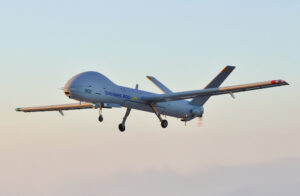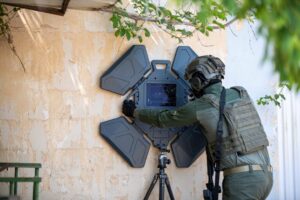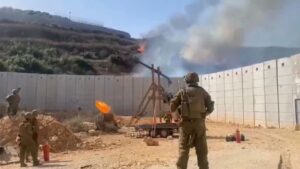Unlike traditional cruise missiles, Rampage is lighter, faster, and cheaper, yet still offers deep strike precision.
By Hezy Laing
Israel’s Rampage Missile, developed jointly by Israel Aerospace Industries (IAI) and Elbit Systems, is rapidly becoming an inexpensive alternative to leading cruise missiles.
Like other cruise missiles, Rampage is designed for long‑range precision strikes against high‑value targets such as radar stations, air defense batteries, and command centers.
Yet unlike traditional cruise missiles (e.g., Storm Shadow or JASSM), Rampage is lighter, faster, and cheaper, yet still offers deep strike precision.
Its design as an air-launched artillery rocket makes it unique: it bridges the gap between short-range guided bombs and expensive long-range cruise missiles.
This innovation allows Israel and export customers like India to field large numbers of Rampage missiles for high-value target destruction without risking aircraft in contested airspace.
Israel’s Rampage missile is popular because it combines long-range standoff capability, supersonic speed, precision guidance, and affordability, making it one of the first in its class to offer a cost-effective alternative to expensive cruise missiles.
It is different from other air-to-ground weapons because it is based on the EXTRA artillery rocket, adapted for air launch, giving it unique versatility and integration across both Western and Eastern aircraft platforms.
Cost: ~$500,000 per missile. This is far cheaper than Western cruise missiles like Storm Shadow (~$2.5 million) or JASSM (~$1 million+), making Rampage attractive for large‑scale use.
Cost-effectiveness: Much cheaper than traditional cruise missiles, enabling salvo strikes without prohibitive expense.
Range: Rampage reaches 150–250 km, which is shorter than many cruise missiles (Storm Shadow ~560 km, JASSM ~370 km), but still provides standoff capability — meaning aircraft can fire from outside enemy air defense zones.
Speed: Rampage is supersonic (Mach 1.0–1.6), while most cruise missiles are subsonic. This makes Rampage harder to intercept.
Export Appeal: Its low cost, high survivability, and easy integration make it attractive to countries needing standoff strike weapons without investing in expensive cruise missile programs.
Currently it has been sold primarily to the Israeli Air Force and to India’s Air Force and Navy.
Israel itself ordered a major batch worth $263 million in 2025, while India integrated Rampage onto its Su‑30MKI and MiG‑29K fighters.
But many other countries are showing interest.
Comparison with Competing Missiles
The low cost and wide compatibility of the Rampage makes it stand out against competitors like Storm Shadow and JASSM, which are more advanced but far more expensive and less accessible.
Storm Shadow (UK/France): Long range (~560 km), stealthy, but very expensive and limited to Western aircraft.
JASSM (US): Precision strike, ~370 km range, but costly and restricted by U.S. export controls.
Delilah (Israel): Loitering cruise missile, ~250–300 km range, but slower and less survivable against modern air defenses.
Rampage: Supersonic speed (Mach 1.0–1.6), standoff range (150–250 km), low cost, and compatibility with both Western and Eastern aircraft.




